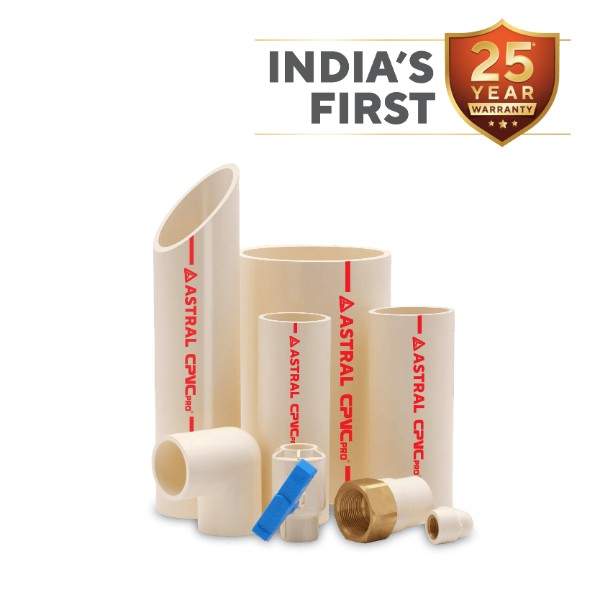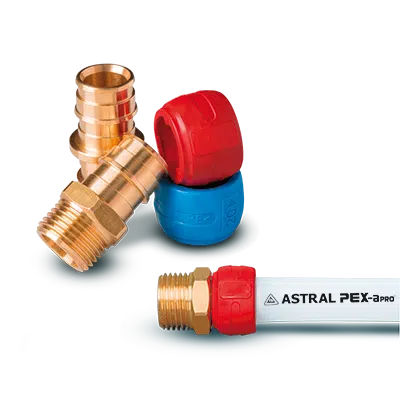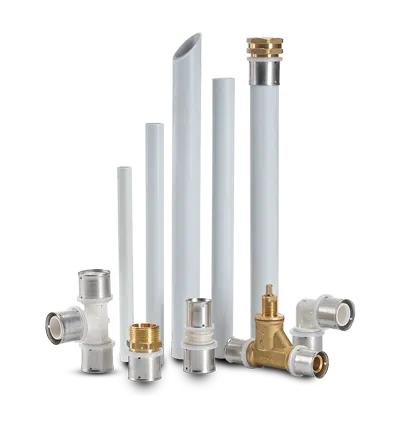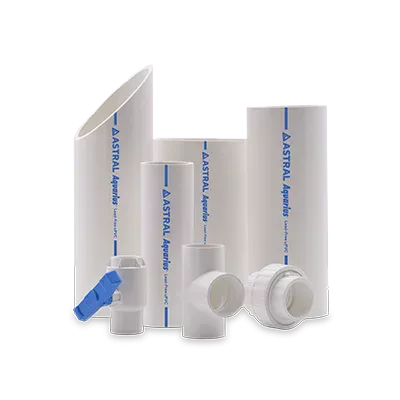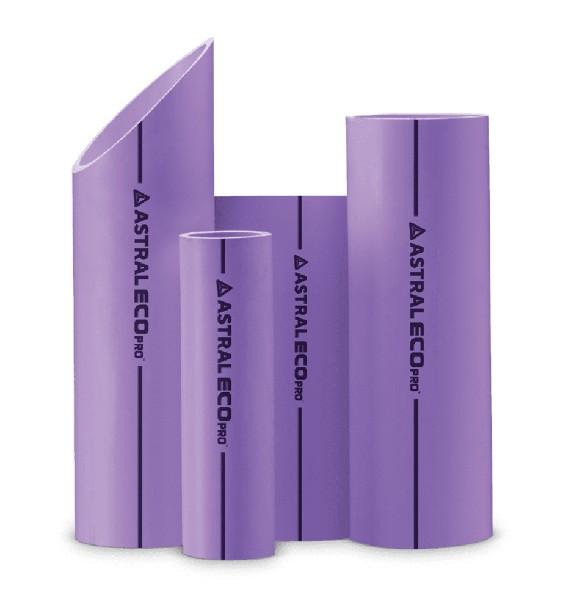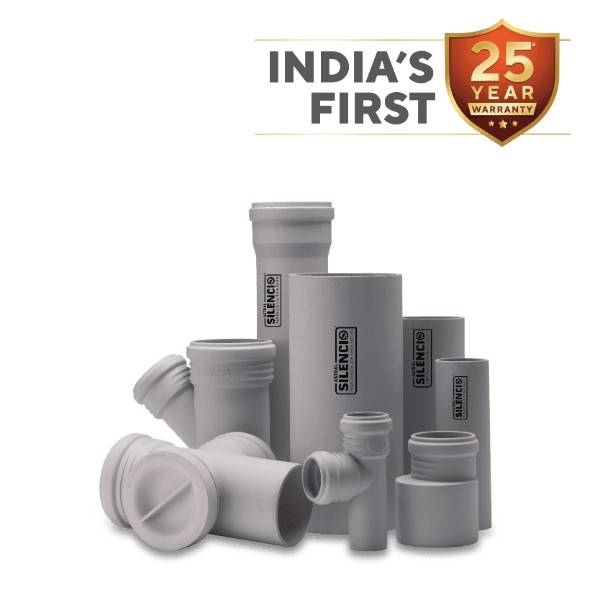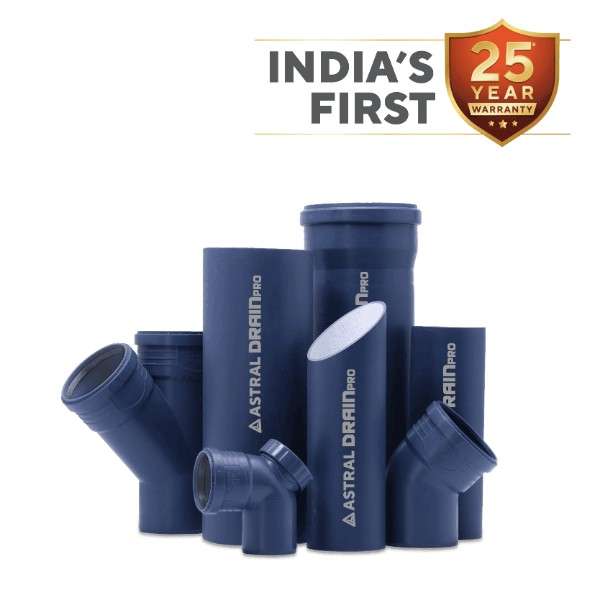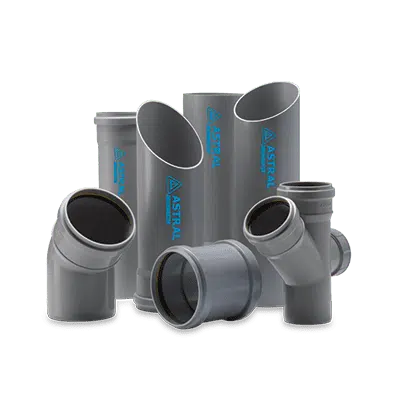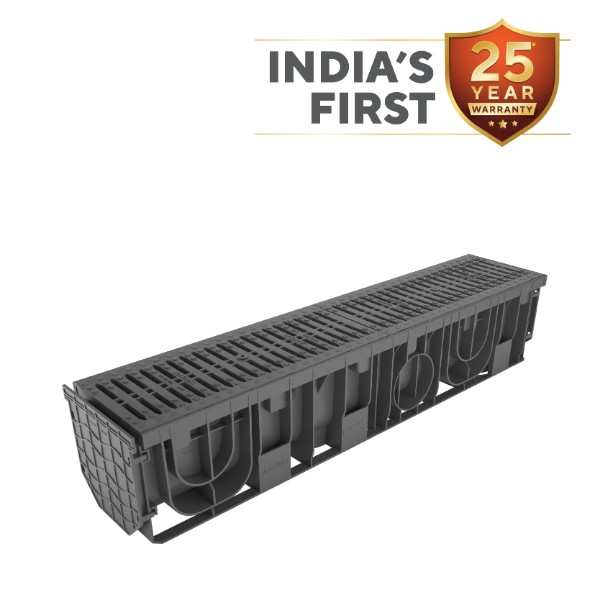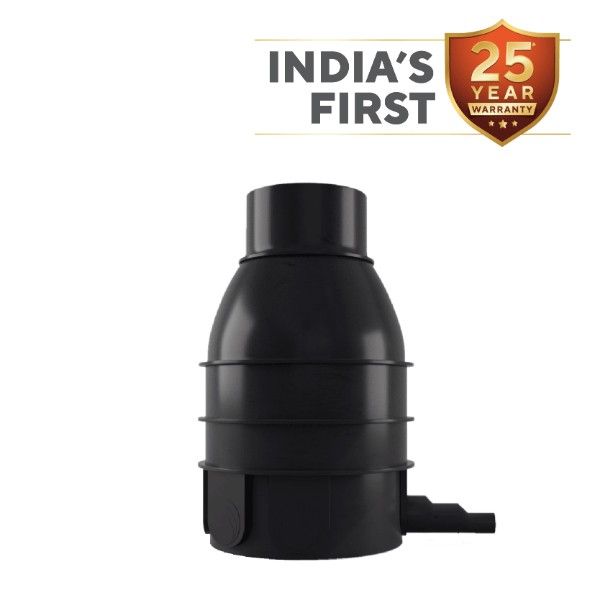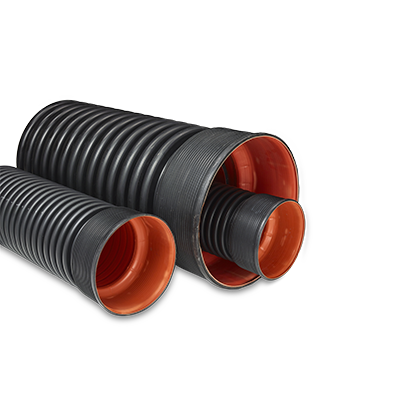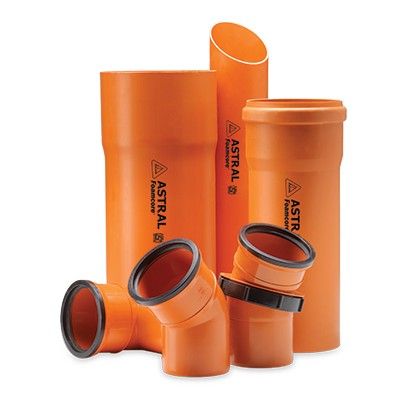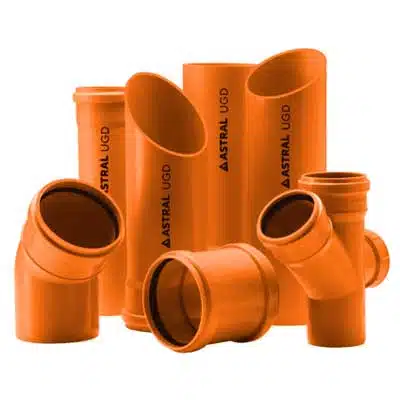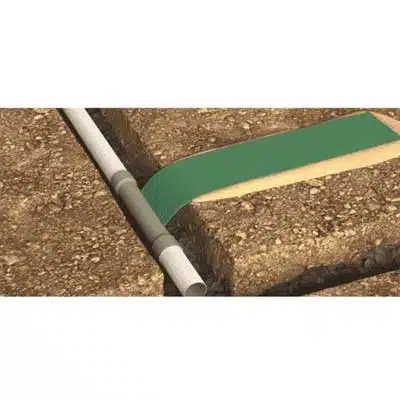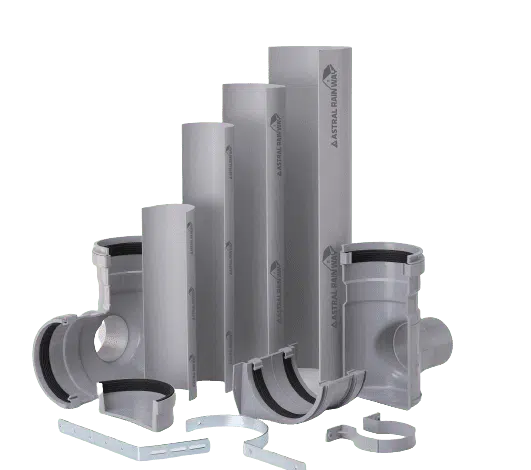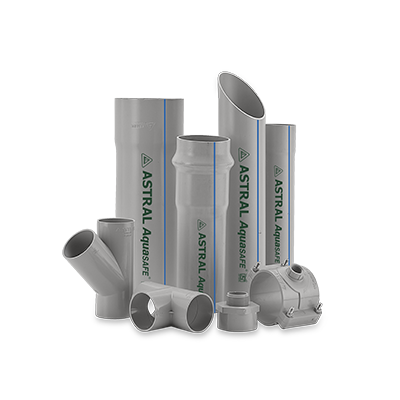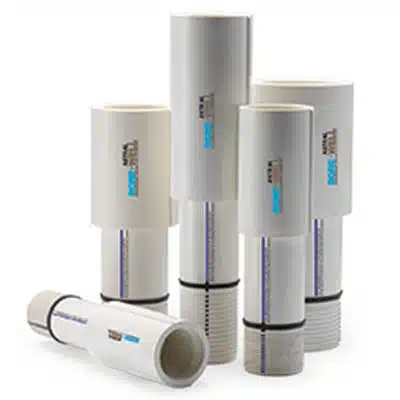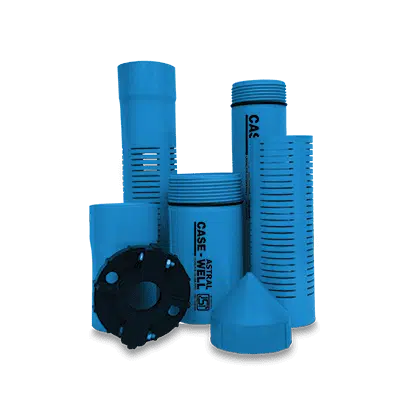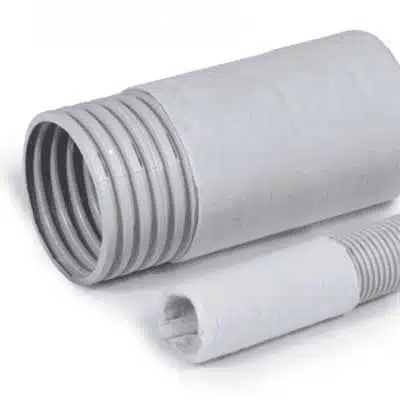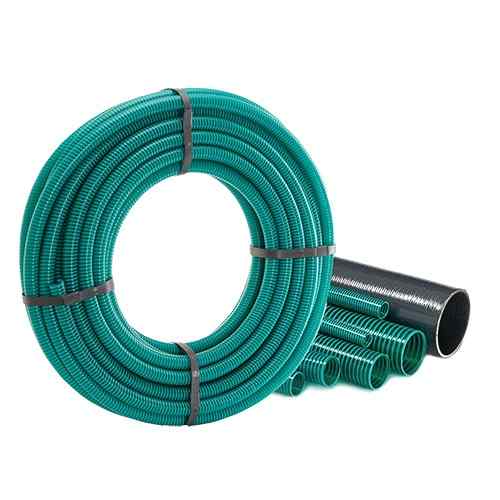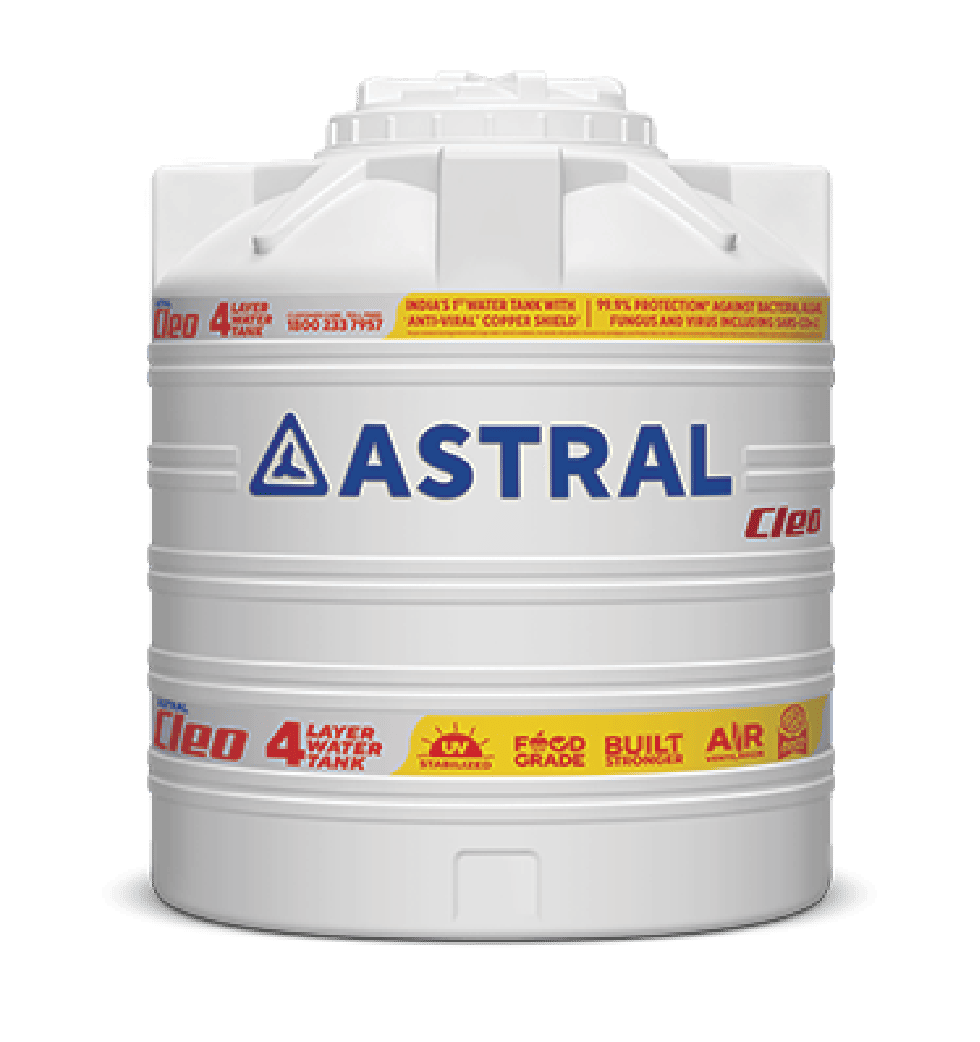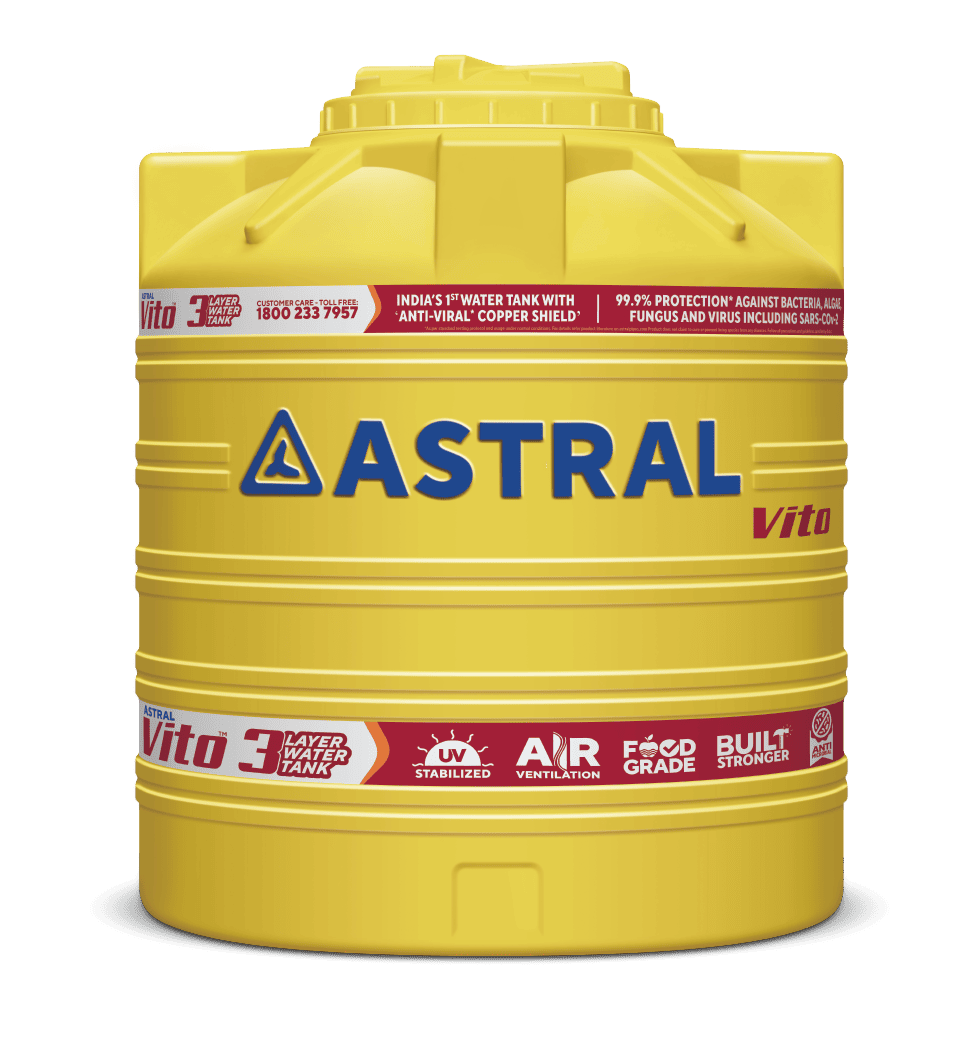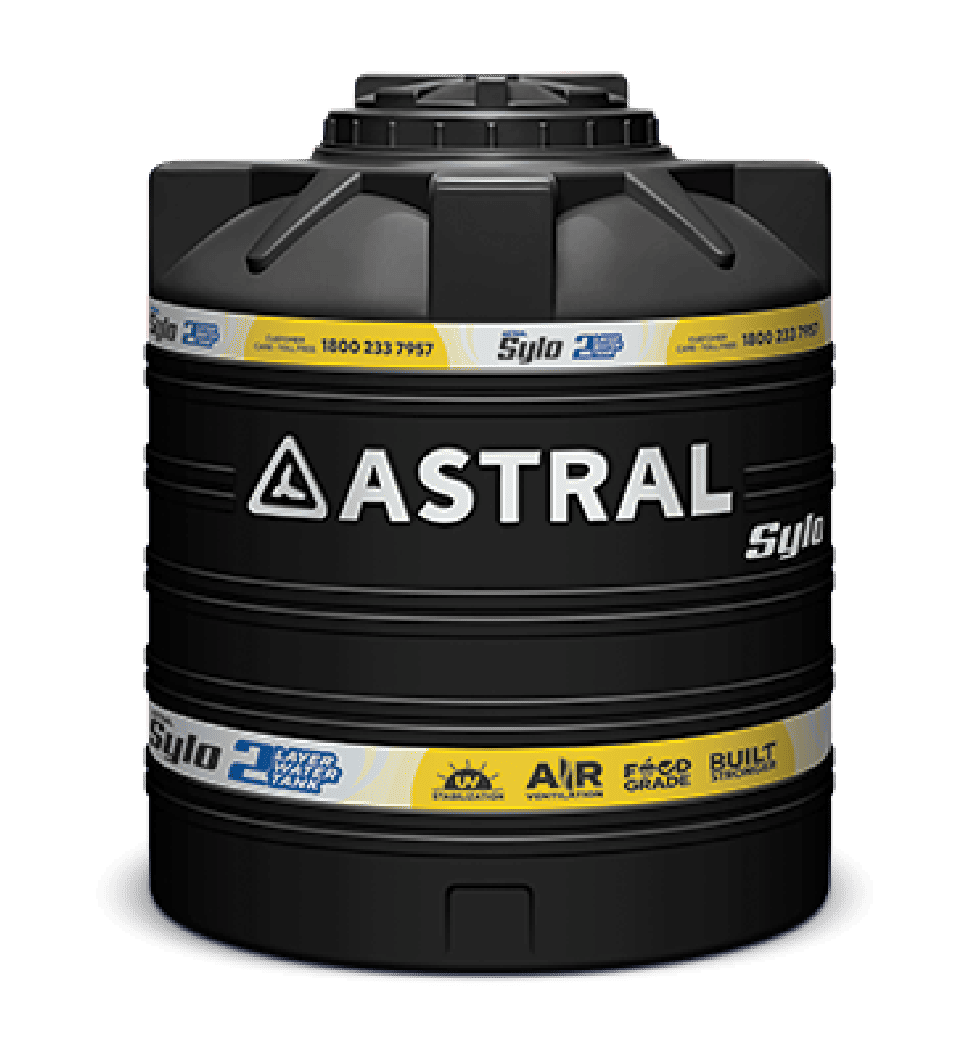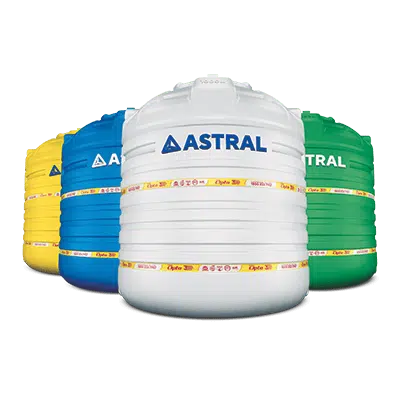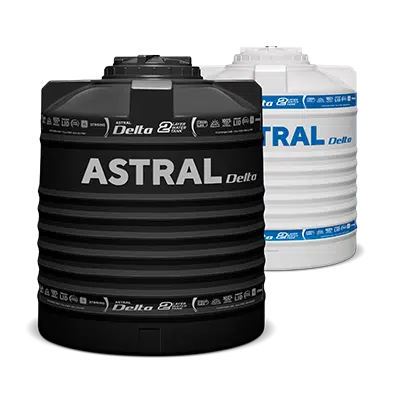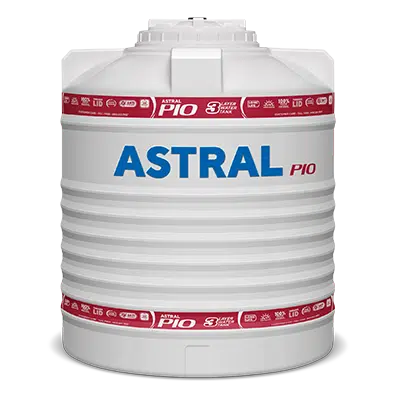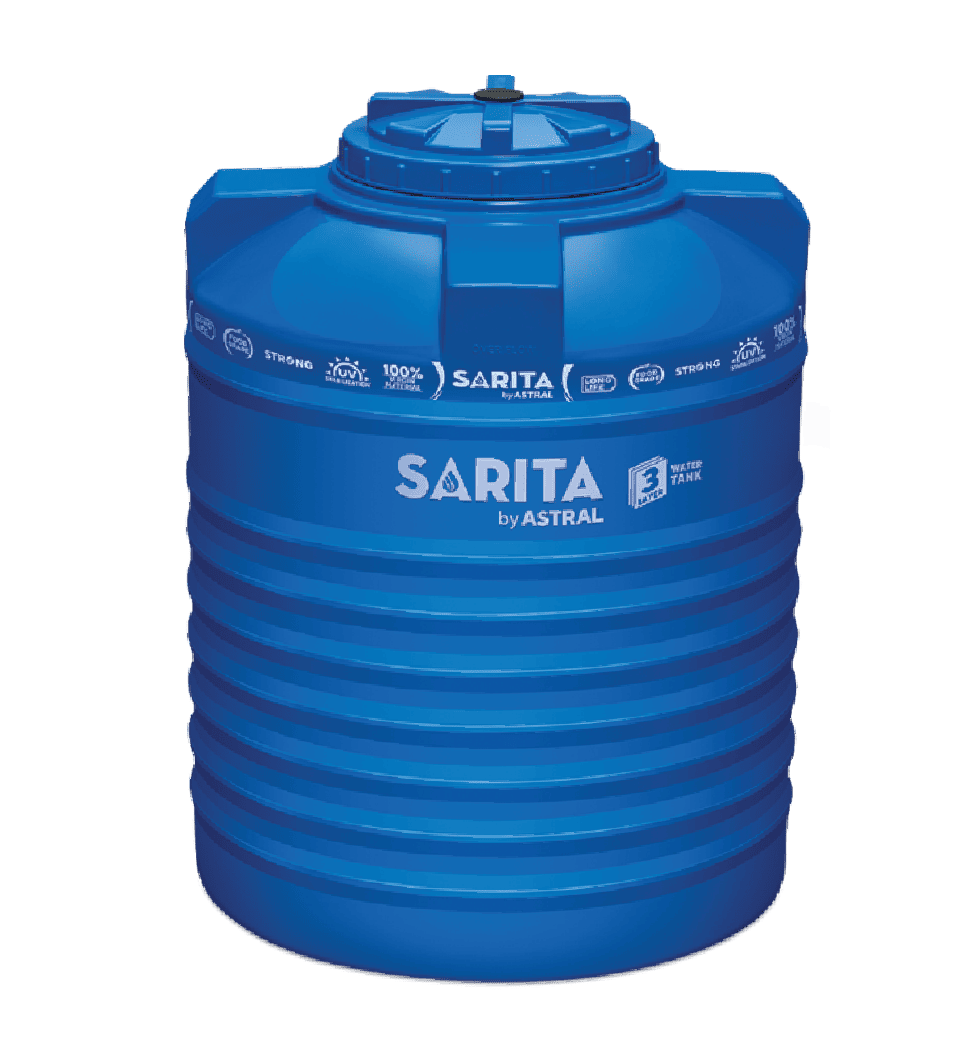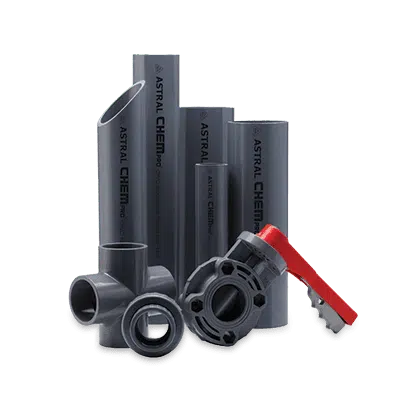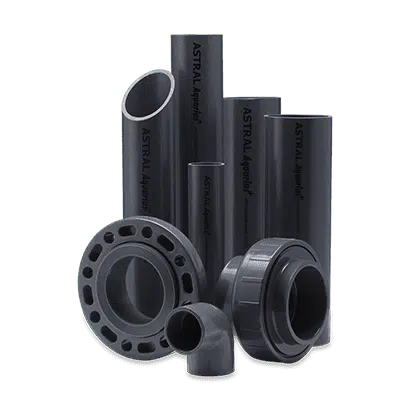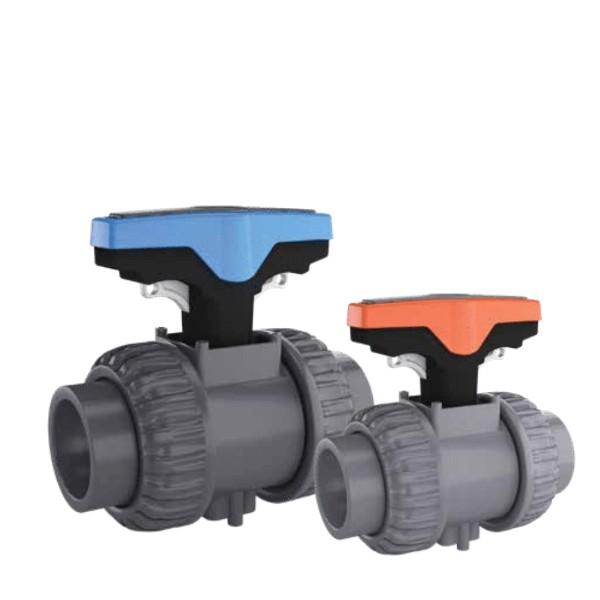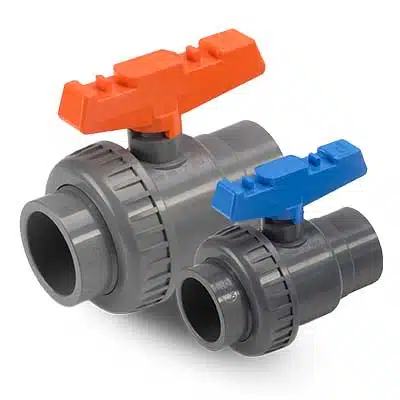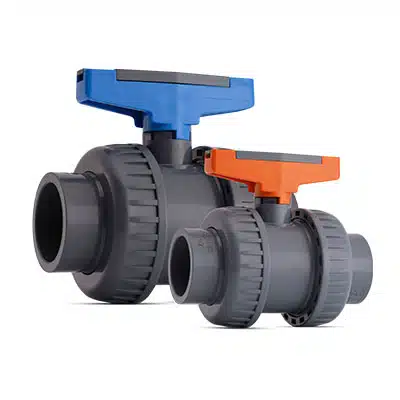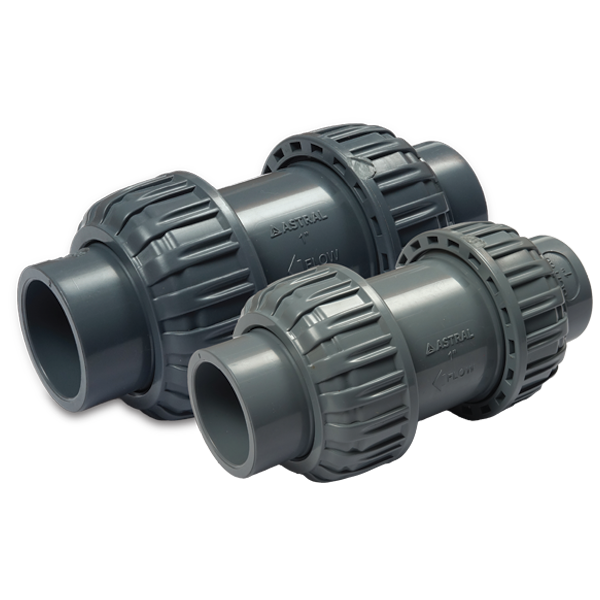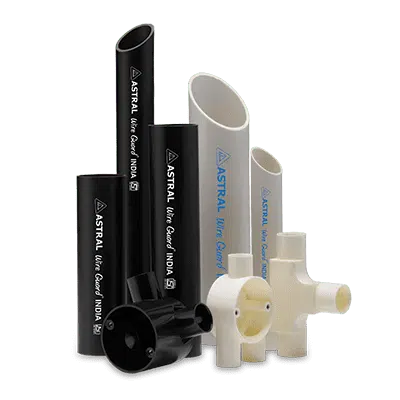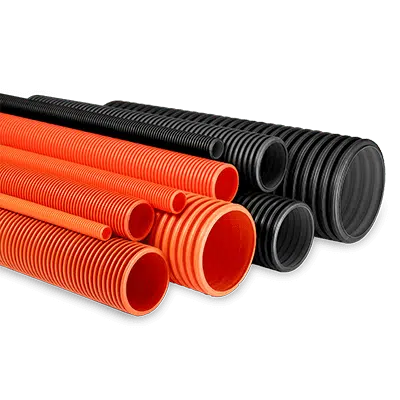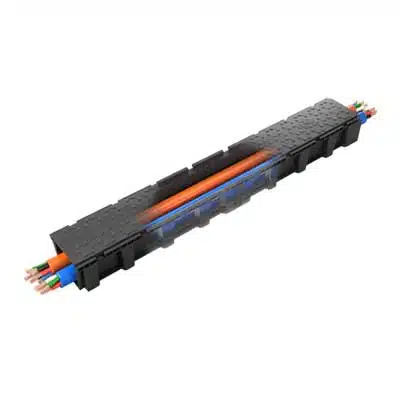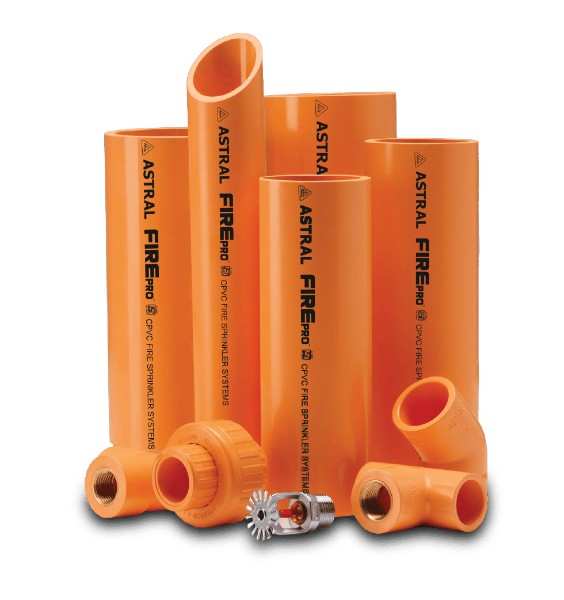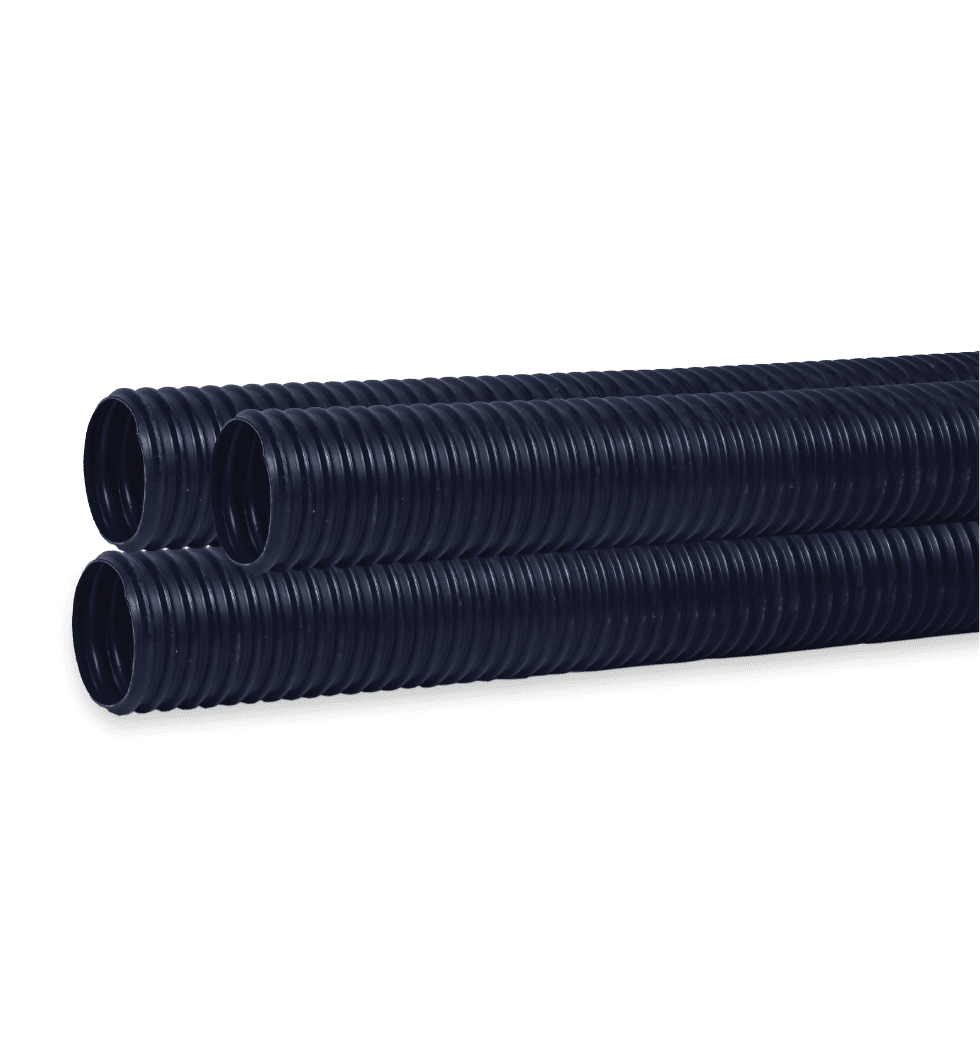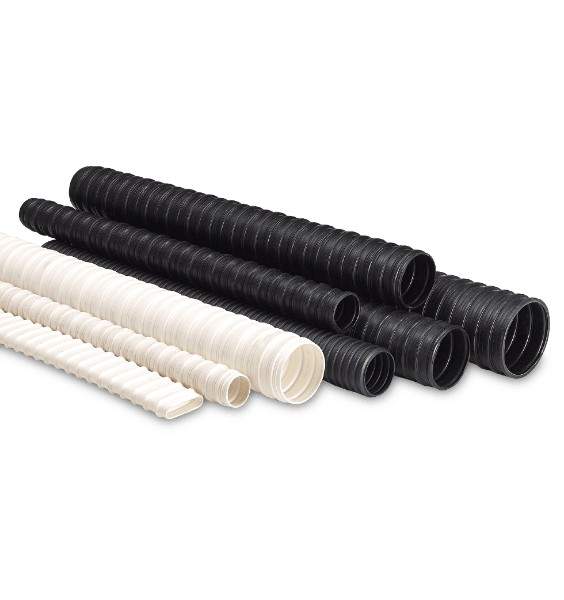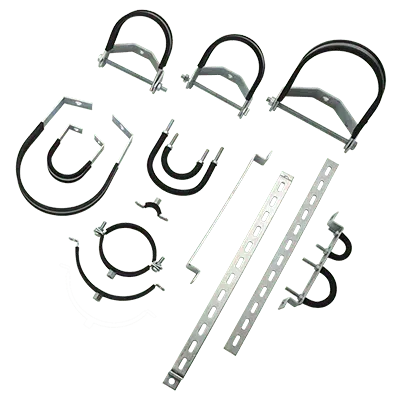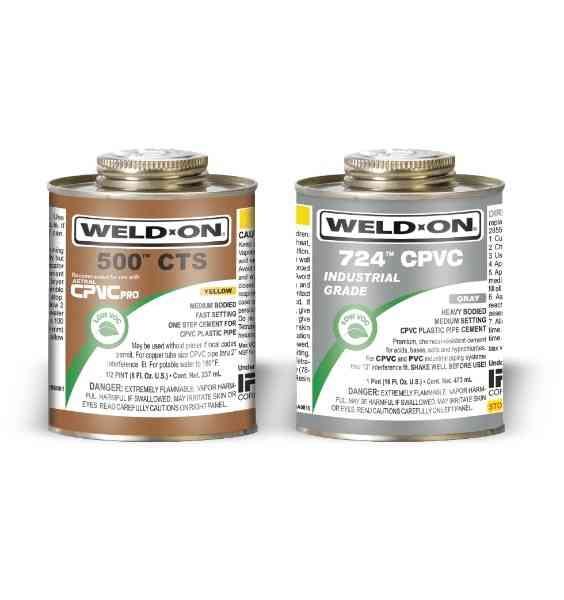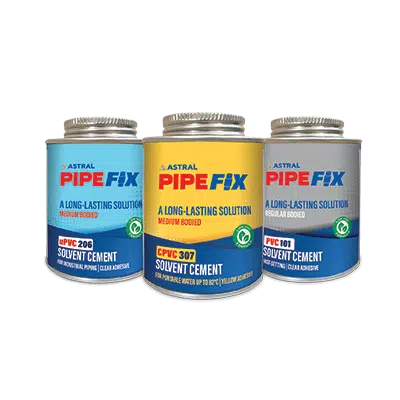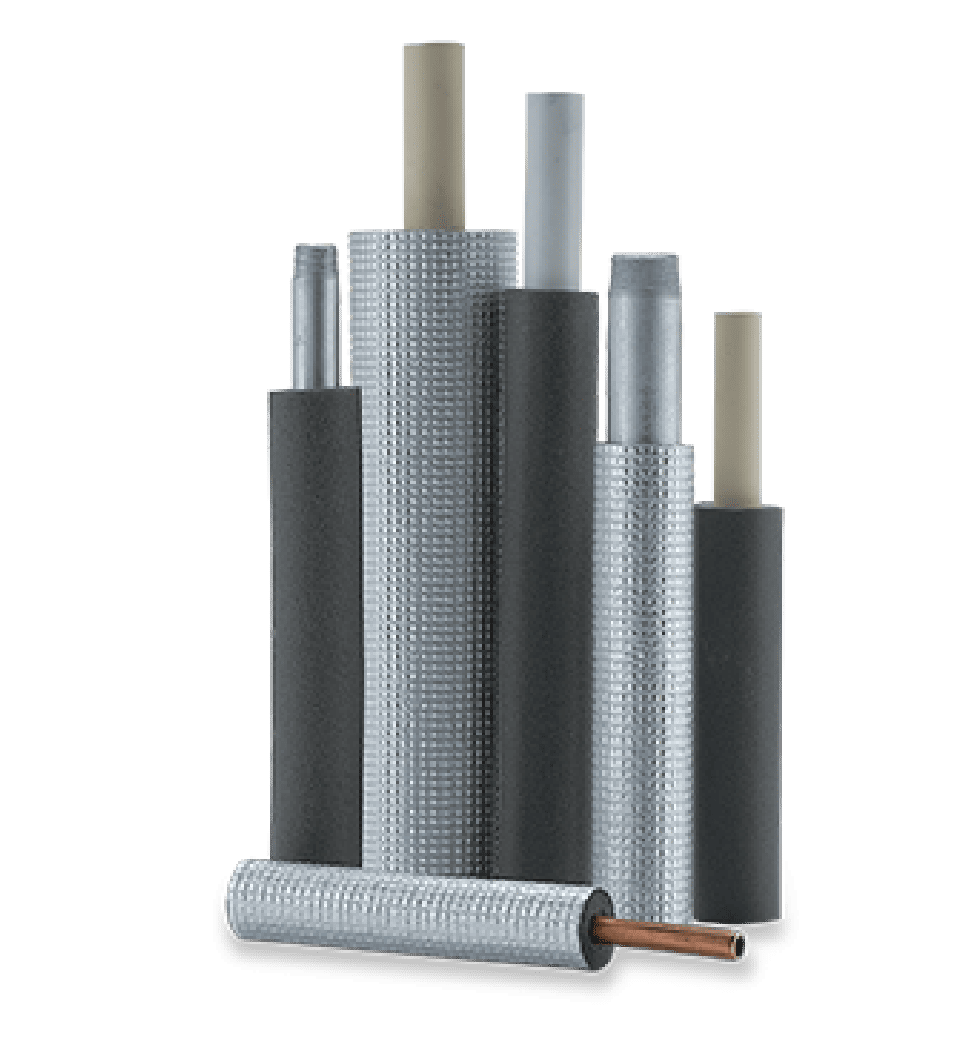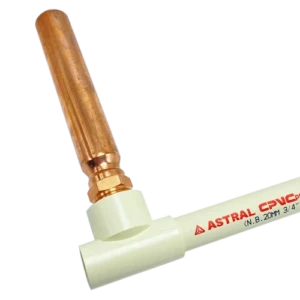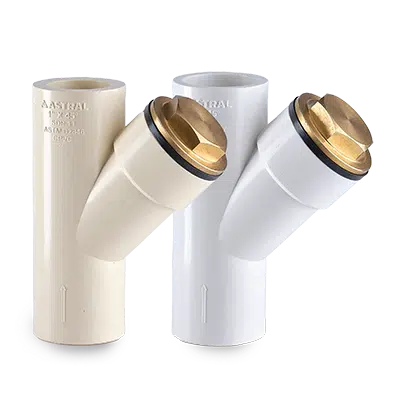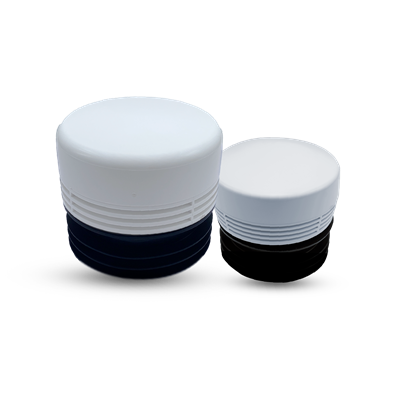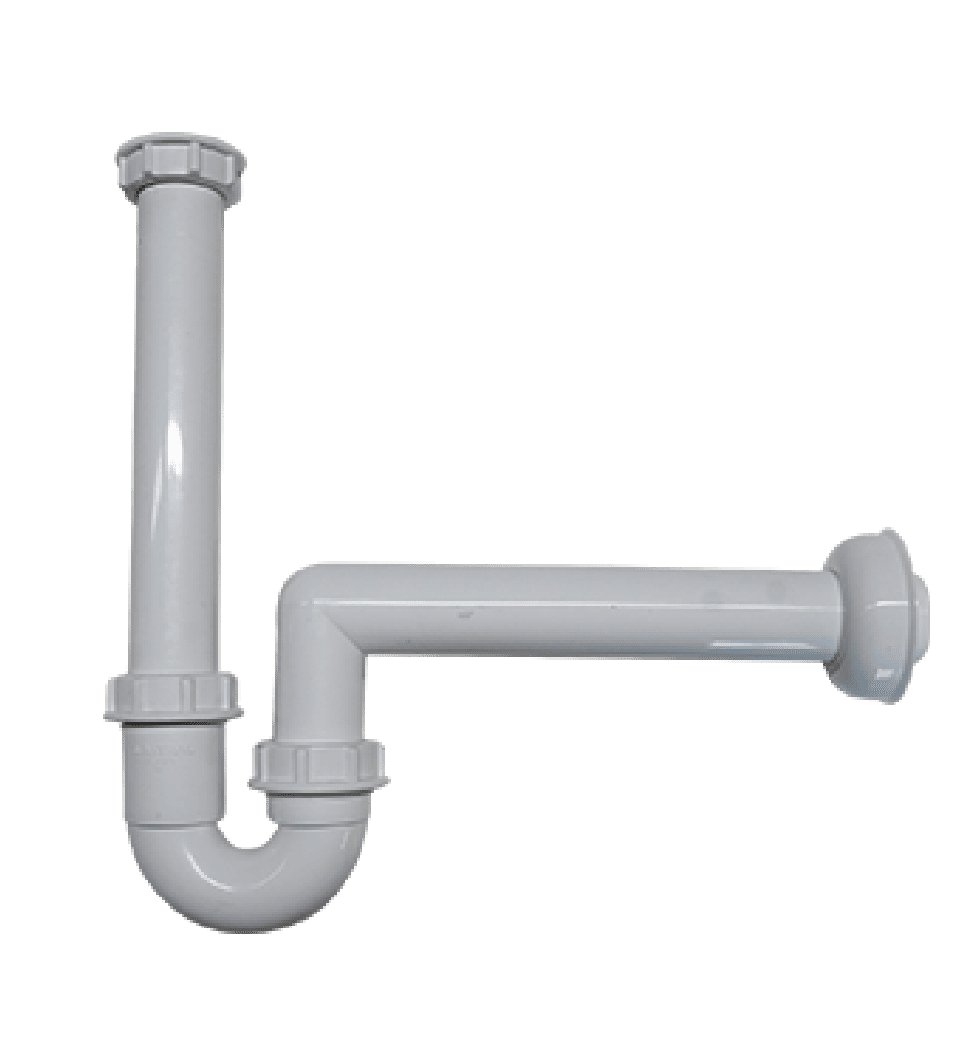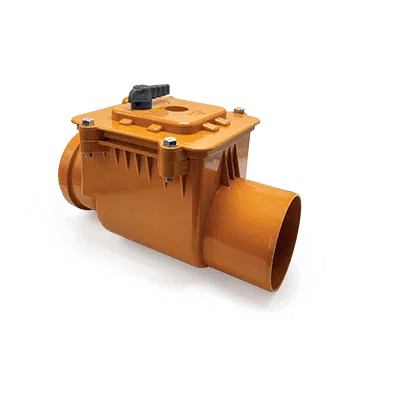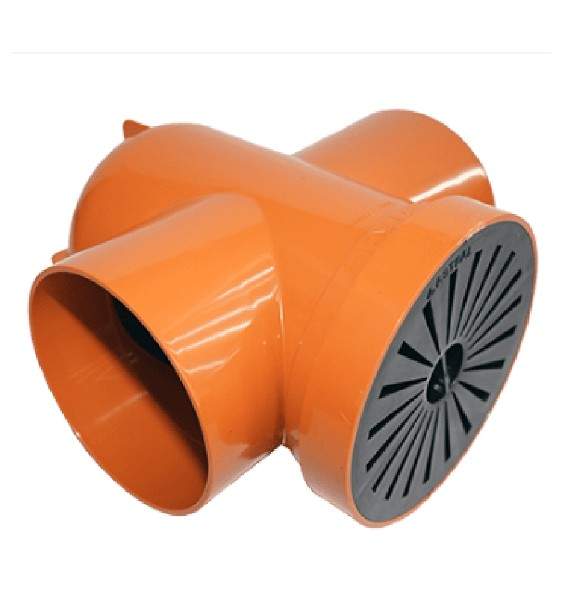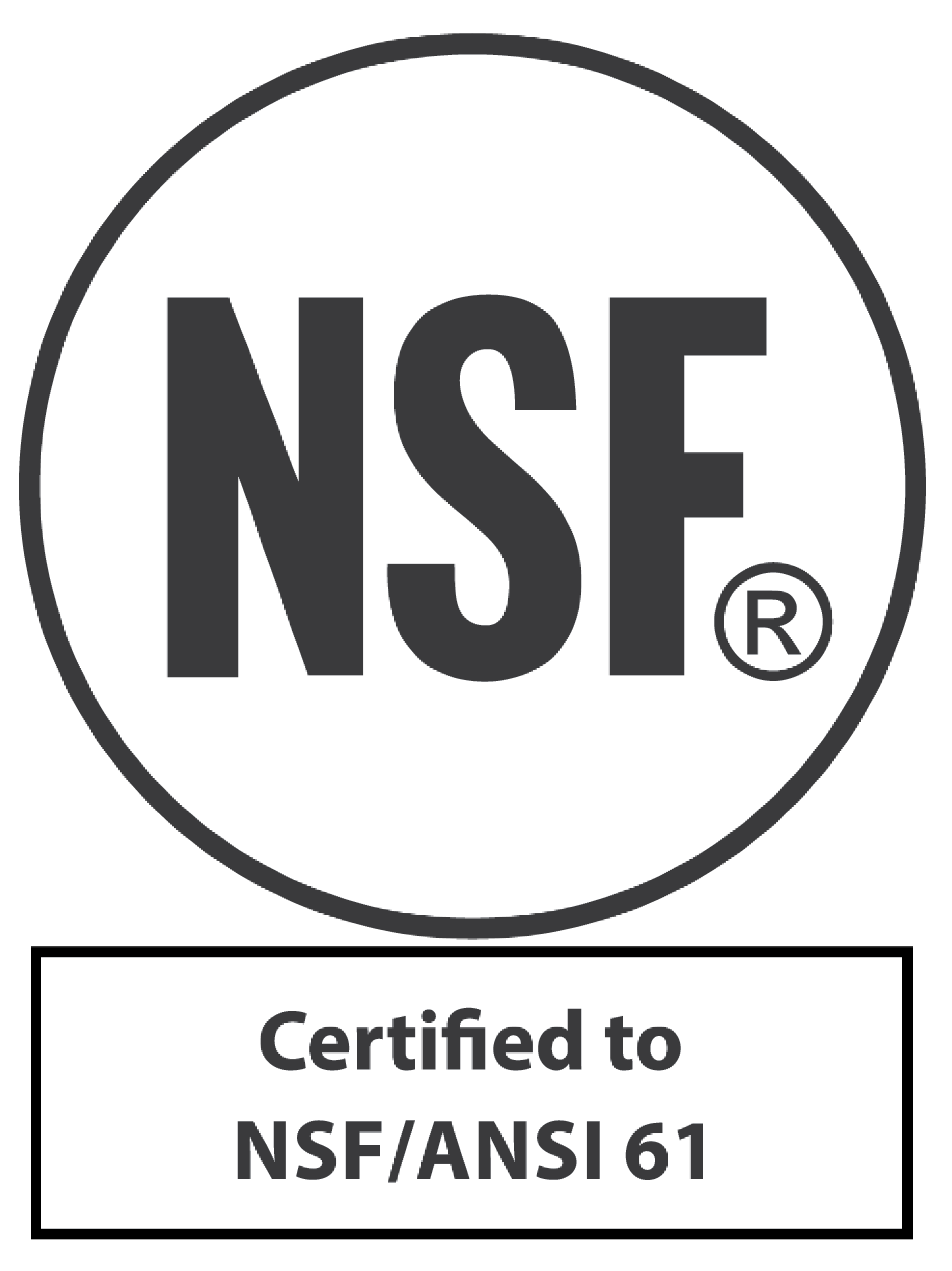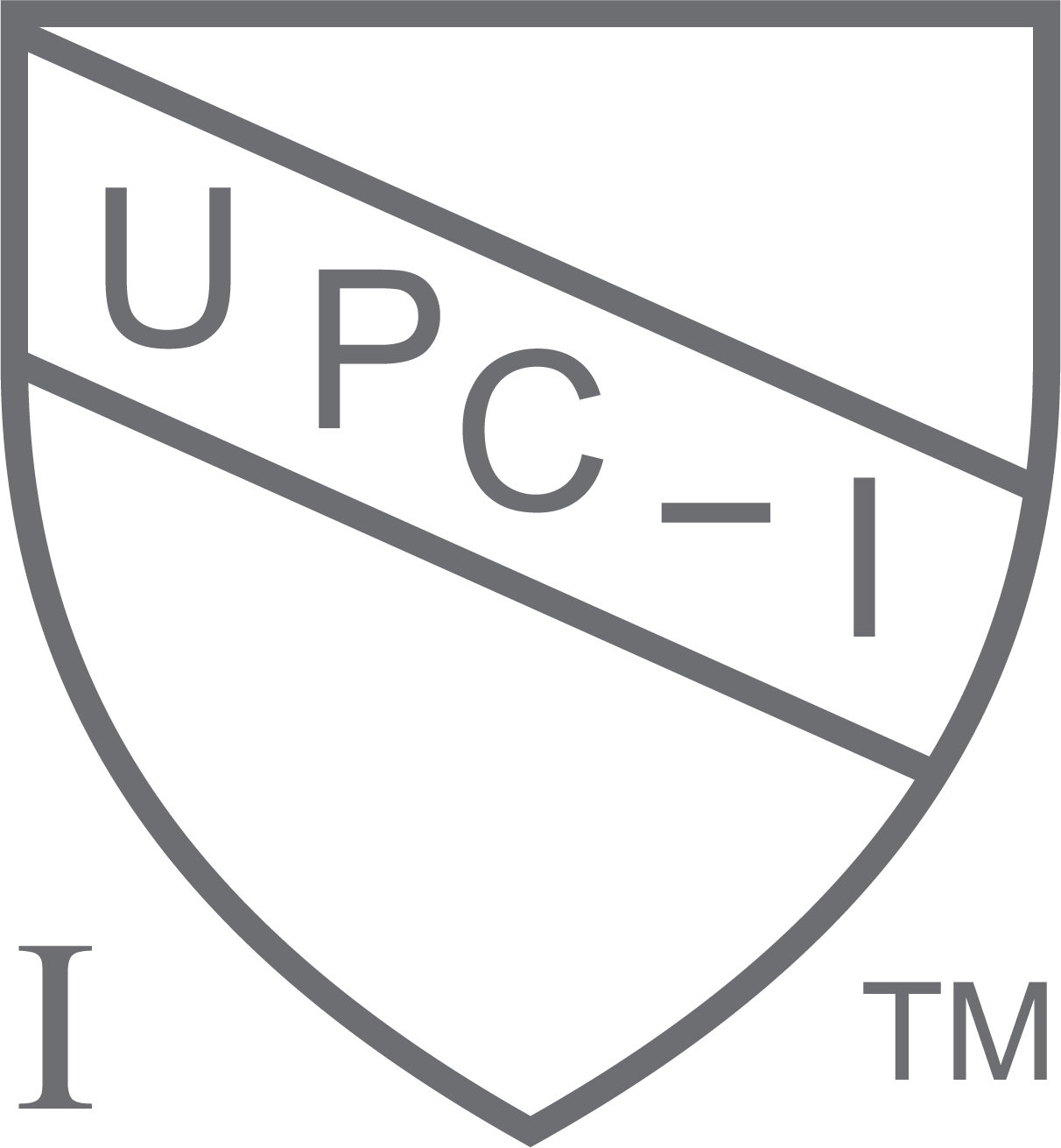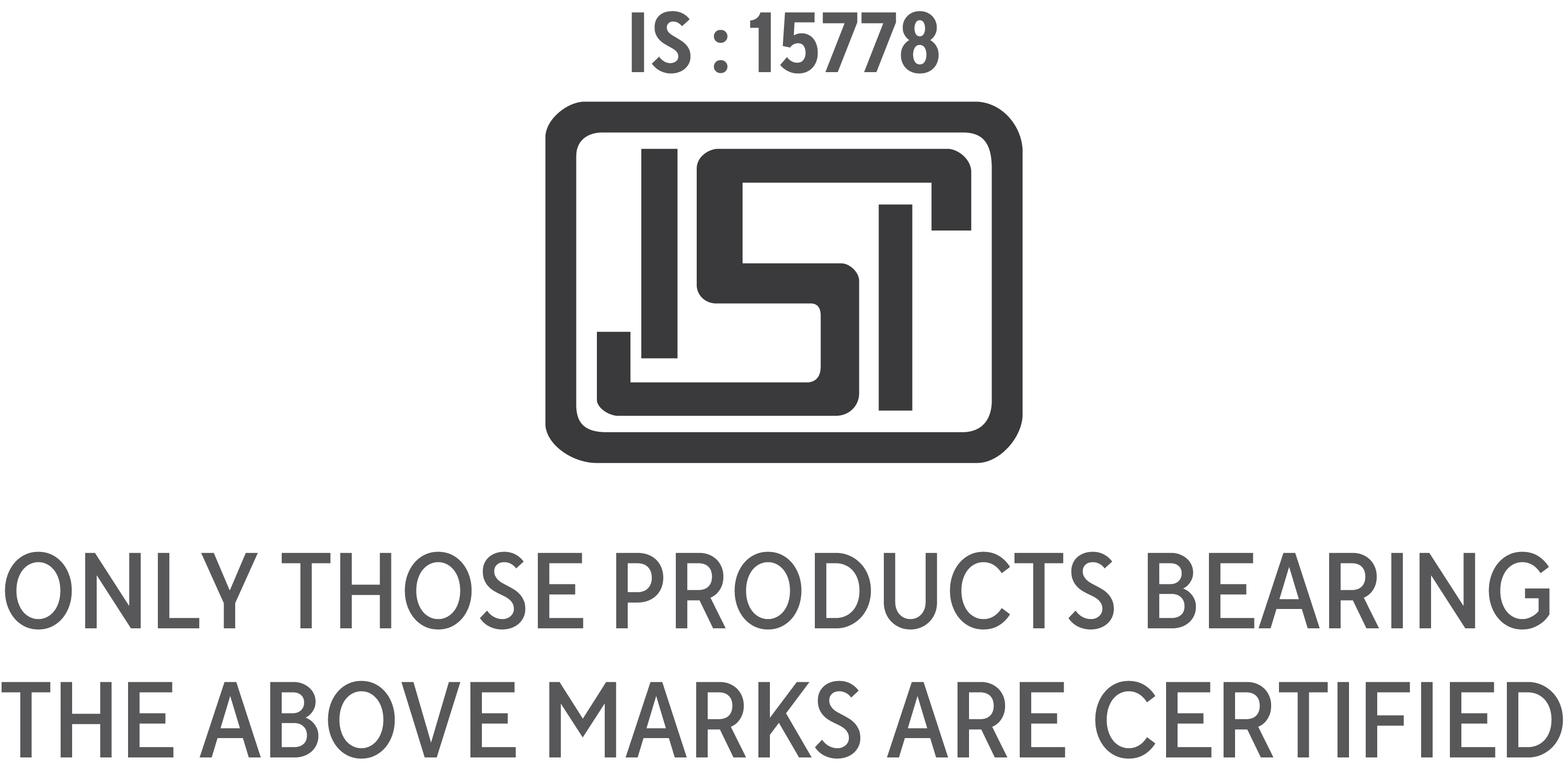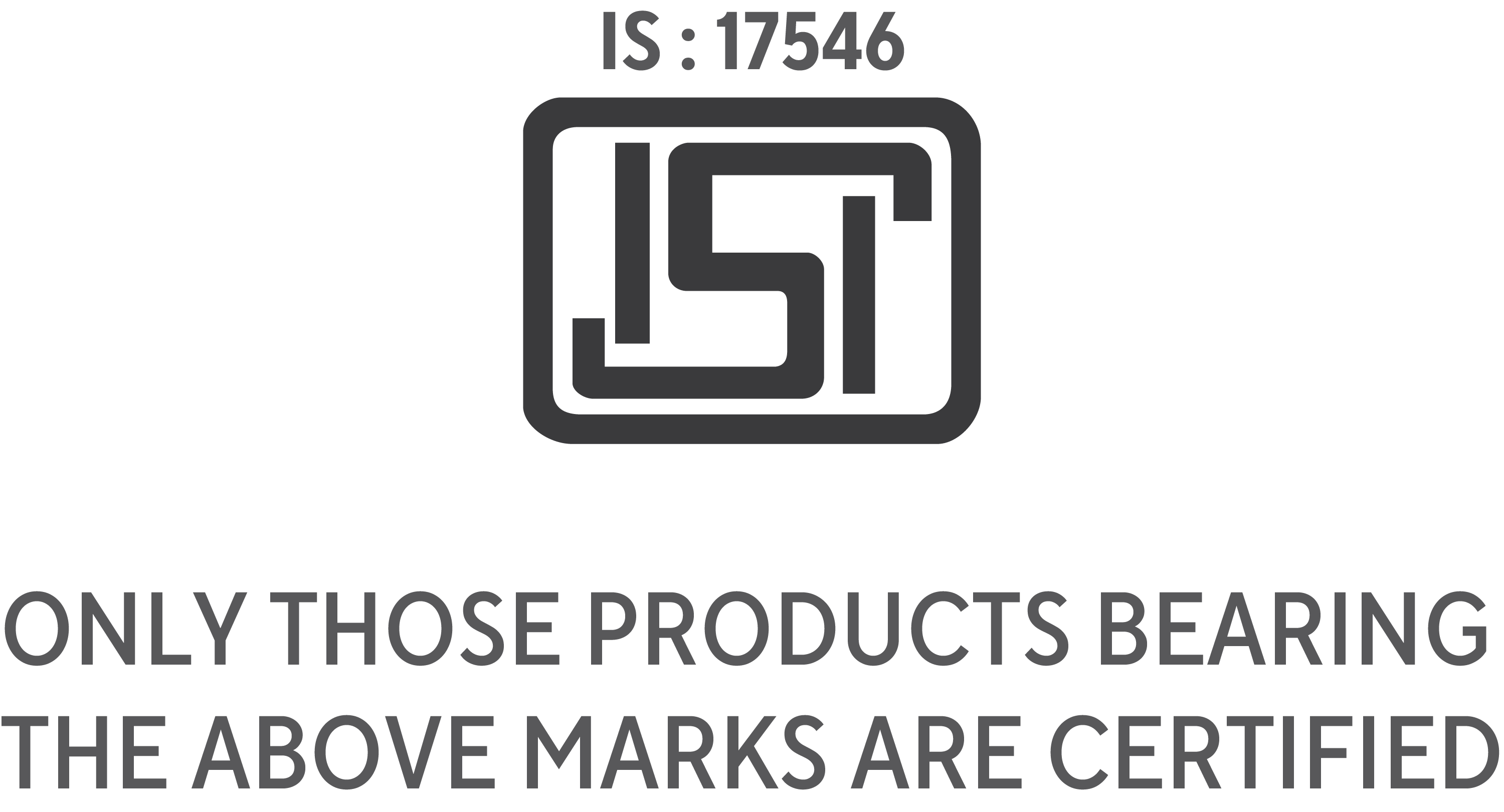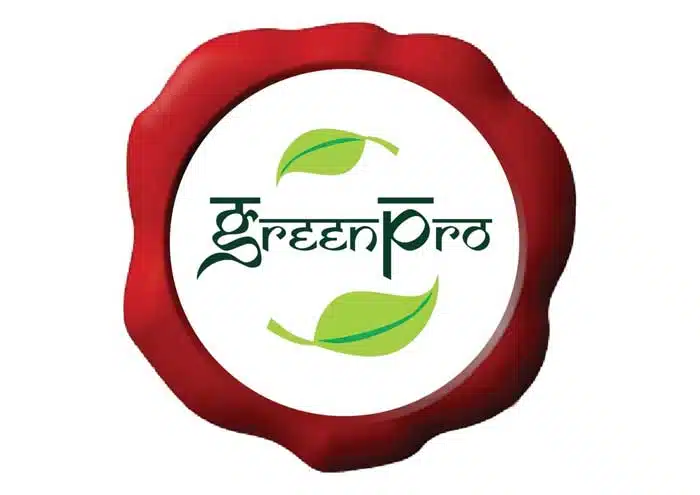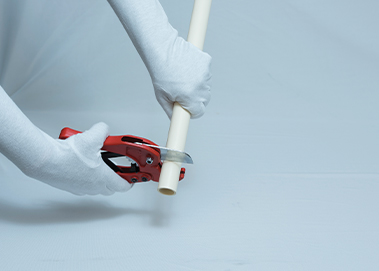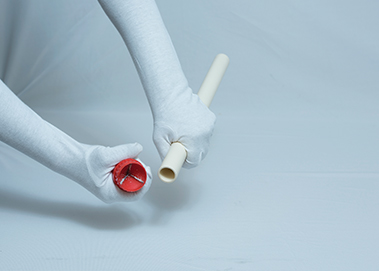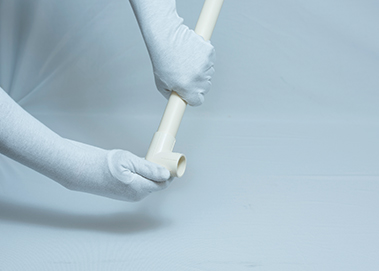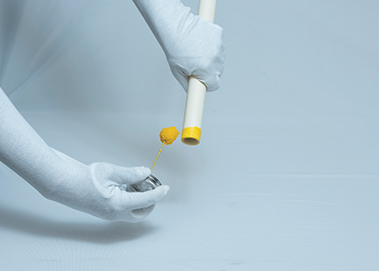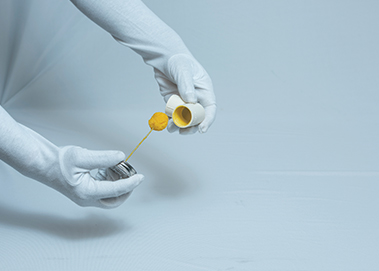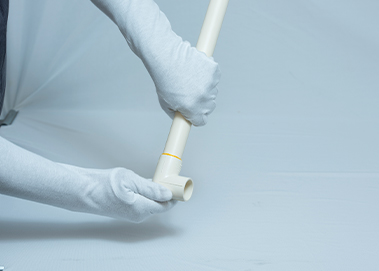About Astral CPVC Plumbing Pipes and Fittings
Astral CPVC PRO is constructed with a speciality plastic called Chlorinated Poly Vinyl Chloride. This range of CPVC pipes and fittings is excellent for hot and cold plumbing systems.
- The formulation compound of Astral CPVC PRO pipes and fittings has been designed by our Research and Development team.
- The R&D approach is backed by 19 years of experience in manufacturing CPVC pipe and CPVC fittings.
- The CPVC compound shall meet cell class DP 110-2-3-2 as per IS:15778 and have a maximum service temperature of up to 93°C.
- It offers a unique combination of exceptional impact resistance to our CPVC pipes
- This compound ensures the utmost reliability and trouble-free service that eliminates common risks associated with cracking, damage, and challenges during the handling, storage, and installation of CPVC pipe using CPVC fittings.
Our CPVC pipes are produced in copper tube size (CTS) from 15 mm (1⁄2”) to 50 mm (2”) with two different standard dimensional ratios – SDR 11 and SDR 13.5 (Class 1 & Class 2, respectively, as per IS:15778).
- The CPVC fittings are produced as per SDR 11. The pipes and fittings in the SDR 11 class also comply with ASTM standards
- All our CPVC SDR 11 and SDR 13.5 pipes are made from identical CPVC compound materials having the same physical properties.
- The CPVC pipe and CPVC fittings are manufactured from a compound material which meets all the requirements as per ASTM standards.
- Apart from having the same physical properties, the SDR 11 and SDR 13.5 have different wall thicknesses. Therefore, at any given temperature, these CPVC pipes have different pressure ratings. For example, we also produces CPVC pipes in iron pipe size (IPS). The available sizes are 65 mm (2½”) to 300 mm (12”) in SCH 40 and SCH 80, which meets the requirements of ASTM F 441.
- The pressure ratings vary with schedule pipe size and temperature. CPVC pipe of Copper Tube Size (CTS) dimensions can also be connected to CPVC (IPS) dimensions by using IPS x CTS fittings.
Astral CPVC Pipes: The Ideal Choice for Hot and Cold Potable Water Distribution
-
- Raw Material Used in CPVC Pipes and Fittings
We manufacture CPVC pipes and CPVC fittings using a specially formulated CPVC compound that is a mix of imported CPVC resin and various additives, such as impact modifiers, lubricants, UV stabilisers, and more. Our R&D facility carefully designed this range of CPVC pipes , ensuring it possesses excellent properties such as dynamic thermal stability, fusion, torque and other rheological characteristics.
Our CPVC pipes have obtained certification from the National Sanitation Foundation (NSF) International, a reputable independent organisation dedicated to public health and safety. To achieve this certification for our CPVC pipe and CPVC fittings, Astral Limited submitted product samples to NSF for extensive testing according to recognised standards.
We agreed to undergo unannounced audits of the manufacturing facilities and periodic retesting to ensure ongoing compliance with the established standards. You can locate Astral CPVC PRO in the NSF water listings by visiting https://www.nsf.org/certified-products-systems
Key Properties of Astral CPVC Pipes and CPVC Fittings
-
- Enhanced Corrosion Resistance
Our CPVC pipe exhibits exceptional corrosion resistance and eliminates concerns about purity issues that may arise from the corrosion of metal pipes or soldered joints. With our CPVC pipes and fittings , the purity of water remains unaffected and preserved.
-
- Simplified Plumbing Process of Astral CPVC Pipes
Our CPVC fittings and CPVC pipe employ a straightforward solvent cement jointing method which requires basic and cost-effective tools. This system eliminates the need for an electrical source.
The smooth internal surface of CPVC pipes significantly minimises the accumulation of bacteria compared to alternative piping materials. As a result, water quality remains uncompromised, preventing contamination, unpleasant odours, bad taste, and colour changes.
Our CPVC pipes and CPVC fittings remain unaffected by chlorine found in potable water. This ensures the CPVC pipe’s integrity and prevents polymer chain breakdown and potential leaks.
-
- Resistance to Scale, Pit, and Leech Formation
Even when subjected to aggressive conditions over an extended period, our CPVC pipes resist corrosion. Our CPVC pipe can withstand low-pH water, coastal salt exposure, air exposure, and corrosive soils, maintaining its solid structure while preserving its full water-carrying capacity.
These CPVC pipes and fittings are suitable for hot and cold water applications. It can withstand high temperatures of up to 93°C. Many solar, electric, and gas water heaters utilise CPVC pipes and CPVC fittings to enhance heat efficiency and reduce installation costs.
-
- Minimal Thermal Expansion
Our CPVC pipe exhibits lower thermal expansion. This means they expand less when hot water is running through them. Consequently, the unappealing “looping” of the pipe is reduced to ensure a neater and more efficient plumbing system by using CPVC fittings.
-
- Fire Safety of CPVC Pipes and Fittings
With a Limiting Oxygen Index (LOI) of 60, the CPVC material of our CPVC pipes does not support combustion in the air. It does not produce flaming drips, increase the fire load, or promote extensive flame spread or smoke generation.
-
- Rigid and Durable Material
Our CPVC pipes and CPVC fittings possess superior strength, which results in fewer hangers and supports required and eliminates the need for unsightly looping of the pipe. The high-pressure bearing capability of CPVC pipe allows for the same flow rate using a smaller pipe size, and its high UV resistance contributes to a lifespan exceeding 50 years.
-
- Worldwide Approval of Astral CPVC Pipes and CPVC Fittings
CPVC pipe and fittings are approved for use with potable water in a wide range of countries worldwide, such as the USA, UK, Canada, Germany, France, the Netherlands, the Middle East and Africa, including others.
Types of CPVC Fittings
We offer a comprehensive range of CPVC fittings designed for both hot and cold water plumbing systems. Our CPVC pipes can be properly installed using the wide range of CPVC fittings, such as:
- Couplings : These CPVC fittings are used to join two pipes of the same diameter in a straight line, ensuring a secure and leak-free connection for continuous flow.
- Elbows : Elbow fittings are used to change the direction of a pipe, available in 90-degree and 45-degree angles, providing flexibility in system layout to navigate around obstacles or corners.
- Tees : Tee fittings are used to branch off from a main line, creating a T-shape for splitting water flow into multiple directions, ideal for installations that require more than one outlet.
- Reducers : Reducer CPVC fittings are used to connect pipes of different diameters, which enables smooth transitions between varying pipe sizes for effective flow control and compatibility with different parts of the system.
- Adapters : Adapters are designed to join CPVC pipes to other materials or fittings, making it easy to connect to systems made of metal or other types of piping to ensure a secure and reliable interface.
- Caps and Plugs : These CPVC fittings are used to seal the ends of pipes, preventing water flow when sections of the system need to be closed off or when undergoing maintenance.
- Unions : Unions allow for easy disconnection of pipes CPVC, which makes them ideal for situations where pipe sections need to be regularly accessed, repaired, or replaced.
- Valves : Valves are important in controlling the flow of water within the system, allowing you to turn off or regulate water flow to specific areas for maintenance or shutdown purposes.
These different types of CPVC fittings are available in various sizes and configurations to meet diverse plumbing requirements.
CPVC Pipes Temperature Pressure Rating (°C)
| GRADE |
UNIT |
23°C |
82°C |
| SDR 11 |
psi |
400 |
100 |
| kg/cm² |
28.1 |
7 |
| SDR 13.5 |
psi |
320 |
80 |
| kg/cm² |
22.5 |
5.6 |
Astral manufactures CPVC pipes in Iron Pipe Size (IPS) as well, ranging in sizes from 65 mm (21⁄2”) to 300 mm (12”) in SCH 40 and SCH 80, which adhere to the specifications of ASTM F 441.
The pressure ratings of these CPVC pipes differ based on the SCH pipe size and temperature.
CPVC pipe with Copper Tube Size (CTS) dimensions can be connected to CPVC (IPS) dimensions using IPS x CTS fittings.
Handling and Storage of CPVC Pipes and CPVC Fittings
Handling
- Due to their light weight, CPVC pipes should be handled with care to prevent any potential damage.
- Avoid throwing the pipes around, it can lead to unintended impacts or accidents.
- Dragging or pushing the CPVC pipes from a truck bed should be strictly avoided. When removing pallets containing pipes, it is advisable to use a forklift to ensure safe and proper handling.
- In cases where loose CPVC pipes and CPVC fittings need to be moved, rolling them down timbers is advisable as long as precautions are taken to prevent pieces from falling on each other or landing on hard or uneven surfaces.
- It is important to prevent severe contact between the CPVC pipe and sharp objects such as rocks, angle irons, or the forks on forklifts to avoid any potential damage to the CPVC pipes and CPVC fittings.
Storage
- It is advisable to store CPVC pipes indoors. If indoor storage is not possible, they should be placed on level ground that is both dry and devoid of any sharp objects.
- If pipes of different schedules need to be stacked together, position the pipes with the thickest walls at the bottom to ensure stability.
- To safeguard these CPVC pipes and CPVC fittings, protect them from direct sunlight and store them in a well-ventilated area.
- If the CPVC pipes are stored on racks, they should be continuously supported along their entire length. In situations where continuous support is not feasible, the spacing between the supports should not exceed three feet (3′) to prevent any sagging or potential damage.
- Extra care should be exercised when storing and handling CPVC pipe below 0°C or 32°F. This helps mitigate any issues that may arise due to the slightly reduced impact strength of PVC pipes in freezing temperatures.
PEOPLE ALSO SEARCH FOR:
Precautions When Using CPVC Pipes andCPVC Fittingsin Solar Applications
Due to the high temperatures generated by thermal radiation steam, it is important to avoid connecting CPVC pipes or fittings directly to the outlet of a water heater. Extreme heat exposure can result in the distortion and deformation of the pipe.
To ensure the safe and optimal use of CPVC pipe and CPVC fittings in solar applications, it is essential to adhere to the following guidelines:
Dos:
- Connect a Galvanised Iron (GI) pipe, measuring 1 metre in length, to the outlet of the solar water heater before attaching CPVC pipes and fittings.
- Implement expansion loops for exposed pipes at intervals of every 9-12 feet along the pipe run.
- Always provide appropriate support at specified distances to secure exposed pipes in place.
Don’ts:
- Never connect the CPVC pipes directly to the outlet of a solar water heater. This is because the excessive heat generated by thermal radiation steam can cause distortion and deformation of the CPVC products.
- Avoid using CPVC pipes and CPVC fittings without incorporating expansion loops or offsets.
- Do not clamp pipes near the expansion loops or offsets, as this can hinder their proper functioning.
By following these guidelines to utilise Astral CPVC pipes and CPVC fittings you can ensure the integrity and longevity of your solar water heating system.
TOP SELLING PRODUCTS:
How to Install CPVC Pipes and Fittings?
The proper installation of CPVC pipes and fittings is necessary for ensuring the durability and performance of your plumbing system. Using correct techniques when working with CPVC components directly impacts the longevity and functionality of your CPVC fittings’ plumbing system. Follow this comprehensive procedure to properly install CPVC pipes and fittings, guaranteeing a professional-quality result that will provide reliable service for years to come.
Step 1: Squarely cut the CPVC pipe to the desired length.
To achieve a precise and tidy joint, measure the length of the pipe accurately and make a small marking. Ensure that the CPVC pipes and fittings are compatible in size. To cut the CPVC pipes, you can use a wheel-type plastic pipe cutter or a hacksaw blade.
Step 2: Deburr and bevel the pipe.
To facilitate proper contact between the tube and CPVC fittings during assembly, it is necessary to remove any burrs and filings from both the outside and inside of the pipes. This can be accomplished using a debarking tool, pocket knife, or file. Additionally, create a slight bevel on the end of the tubing that will help insert the tubing into the fitting socket smoothly.
Step 3: Prepare the CPVC pipe and fitting to be joined by removing dirt or moisture.
Before proceeding with the assembly, prepare the CPVC fittings appropriately. Use a clean and dry rag to wipe dirt or moisture from the fitting sockets and tubing end. To ensure a secure connection, CPVC pipe tubing should enter the fitting socket to cover anywhere between ⅓ and ⅔ of the depth of the fitting socket.
Step 4: Apply the solvent cement to the pipe exterior and fitting interior.
To avoid joint failure with CPVC fittings useCPVC solvent cement or an all-purpose cement that adheres to the ASTM F-493 standard. When applying the cement, ensure a generous and even coat on the CPVC pipe’s end. Similarly, use the same applicator without additional cement to apply a thin coat inside the fitting socket. Do not use excessive cement because it can potentially lead to clogged waterways.
Step 5: Assemble the pipe and fitting.
Immediately after applying the cement, insert the tubing into the fitting socket. As you insert the tube, rotate it ¼ to ½ turn to ensure an even distribution of the cement within the joint. Align the fittings properly to achieve an accurate connection. Hold the assembly for approximately 10 seconds and allow the joint to set up.
Step 6: Allow the CPVC pipe to cure before testing the system.
Curing time for CPVC pipes is shorter in drier environments, for smaller sizes, and at higher temperatures. Typically, it takes a joint around 10 to 20 minutes to cure fully.
Note: For sizes larger than 65 mm (2½”), it is necessary to use IPS 70 primer before applying the solvent cement. The primer serves to penetrate and soften the surfaces to ensure proper fusion in various weather conditions. Correct usage of the primer prepares the surfaces for a strong and reliable connection of CPVC pipes and CPVC fittings.
Note: For sizes larger than 65 mm (2½”), it is necessary to use IPS 70 primer before applying the solvent cement. The primer serves to penetrate and soften the surfaces to ensure proper fusion in various weather conditions. Correct usage of the primer prepares the surfaces for a strong and reliable connection.


